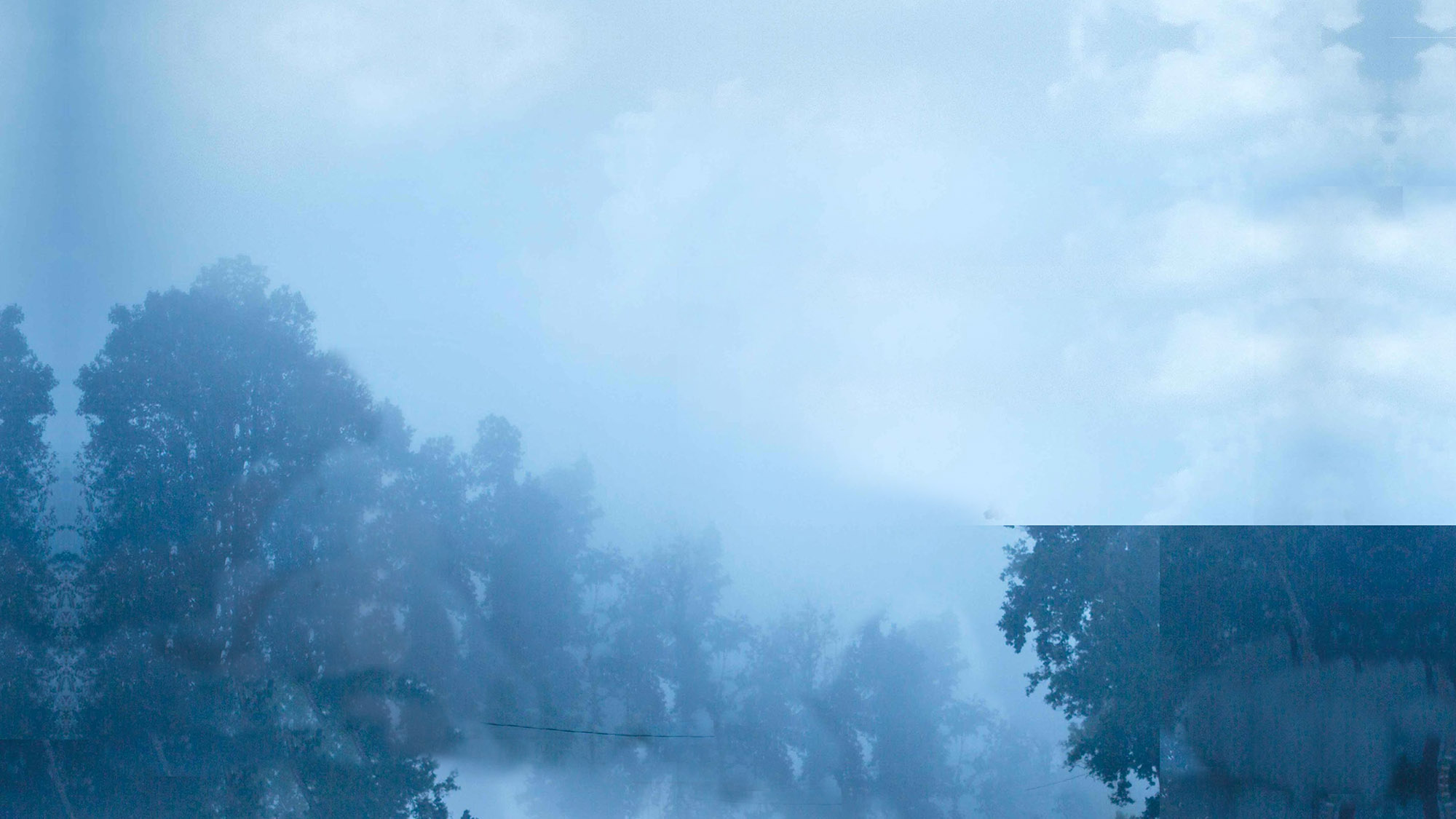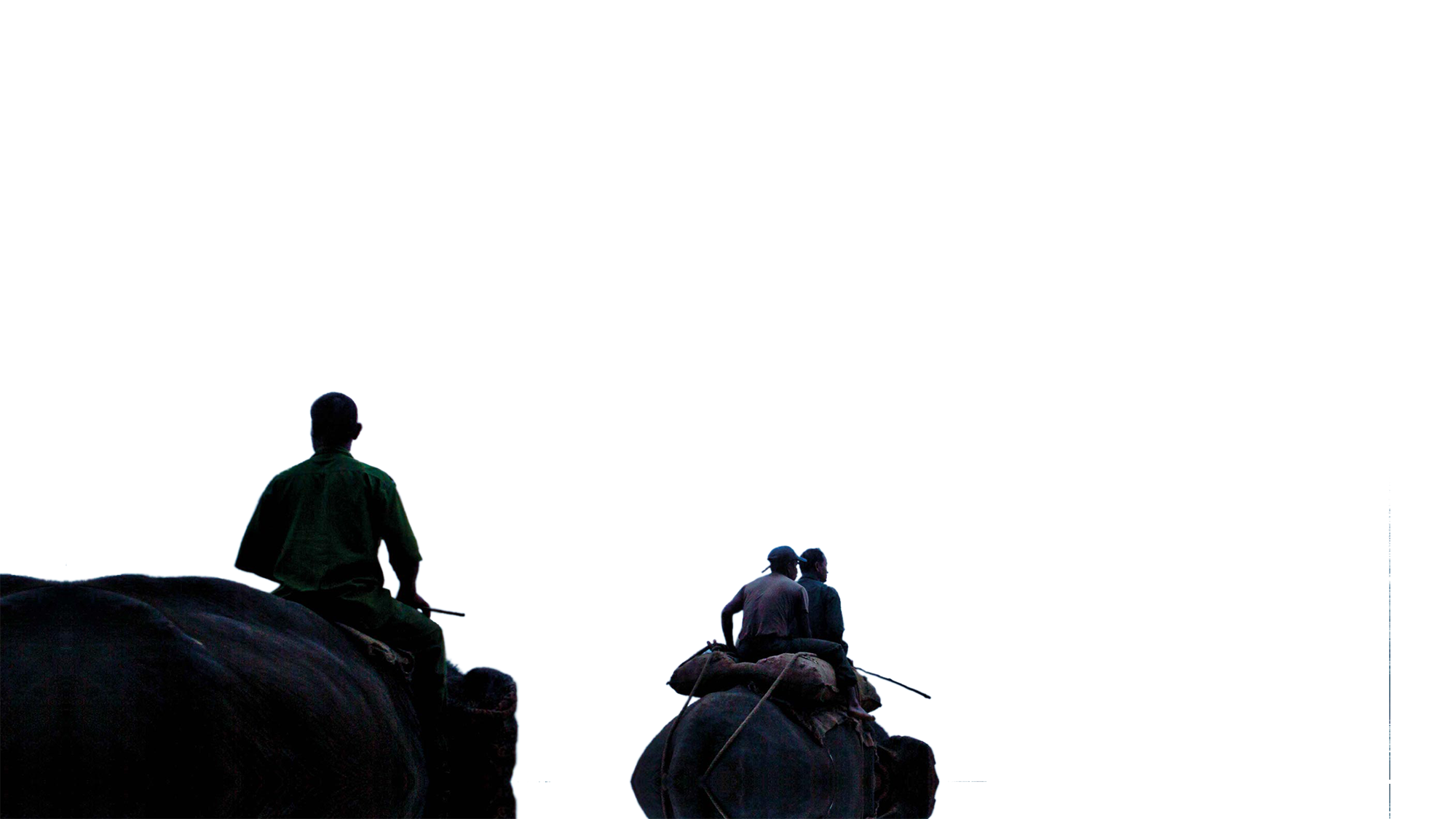

World Music
Elephants Are Silent
Elephants are sacred in Nepal for the Hindus there who worship Ganesh. The elephants must therefore travel early in the morning to avoid the crowds that build up, which can be stressful to both elephants and mahouts. In this scene the elephants are walking through a town before dawn. What struck me when I saw the footage was how quiet elephants are when they walk. So we wanted that to come through - I chose instruments which would help communicate the calm nature of early morning, while allowing the audience to hear the lack of noise the elephants make.
Heat
The midday heat is too much for the elephants in this scene. Using the sound of crickets in the background to communicate the oppressive heat, a slow breathing motif was built to enhance the debilitating effect. As the elephants and mahouts reach safety, the music opens out to become more inviting and relaxed.
Symbiosis
This scene illustrates the bond between elephant and human, and how the mahouts care for the elephants. The track needed to be positive yet gentle so I created a more driving commercial track that incorporates the palette of sounds we chose for the project - dilruba, bowls, bass, augmented with electronic drums. Even though this coexistence has happened for centuries, this is a modern tale of how this bond endures even today.
Babai Crossing
A last minute twist brings danger to the elephants. Here, a calm beginning becomes tenser as Chumpa Kali is spooked by a dam. There is only one other way to cross the river. A wood flute and gongs start this sequence, with bowed instruments and percussion adding drama before opening out with the wide shot to a more triumphal tone that keeps the ambulatory pulse and weight that has been prevalent throughout the film and represents the walking rhythm of the elephants.


